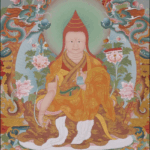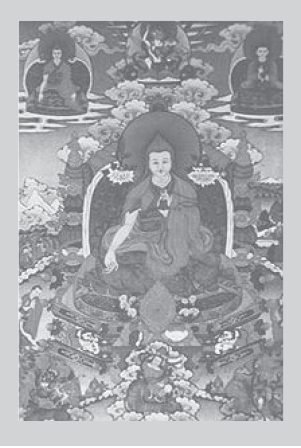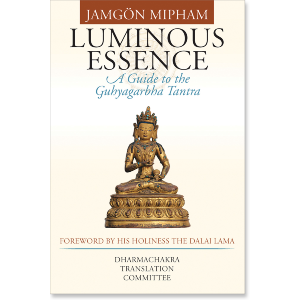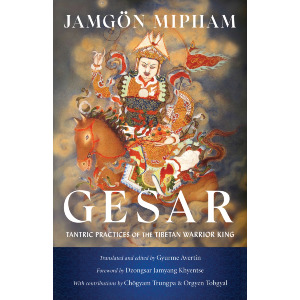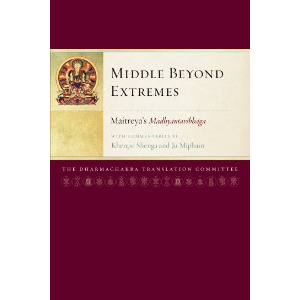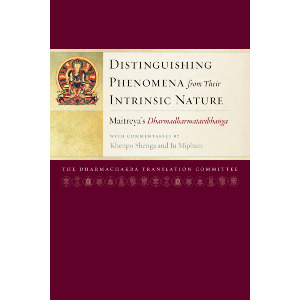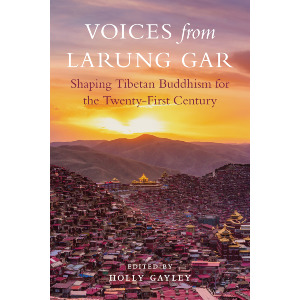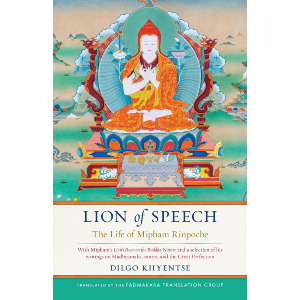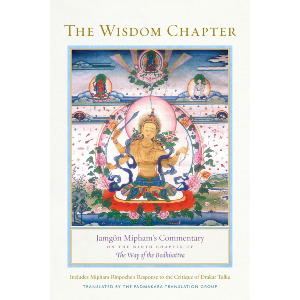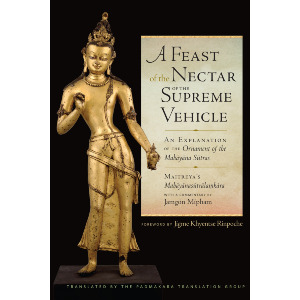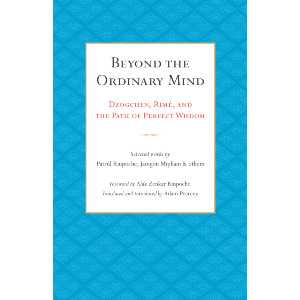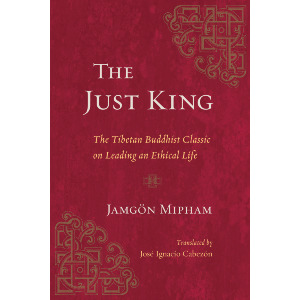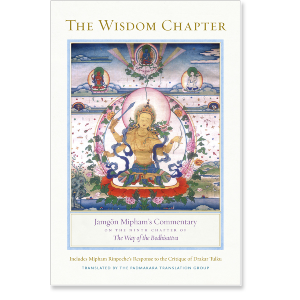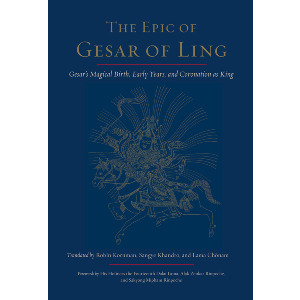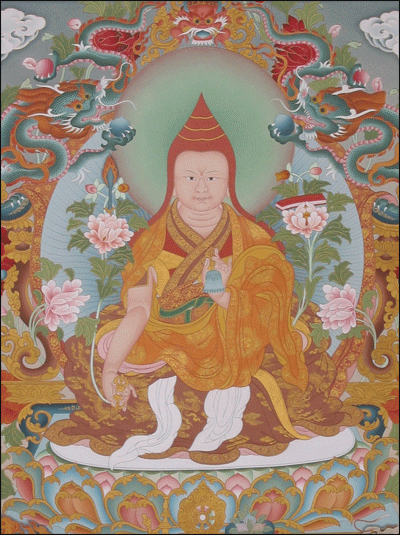 From the Snow Lion Archive
From the Snow Lion Archive
Enlightened Activity by Jamgön Mipham
We’re all aiming to bring our actions more and more in accord with enlightenment. This excerpt from Luminous Essence by Jamgön Mipham offers a map of how that might look.
In terms of its goal, enlightened activity can be either supreme or common. Supreme enlightened activity involves planting the seed of liberation in another’s being by initiating him or her into a mandala, using mantras and mudras, or by other such means. Common enlightened activities include everything that brings about a pleasant, albeit temporary, result.
When divided in terms of support, enlightened activities may utilize either external substances or the internal body, speech, and mind. There are innumerable activities that utilize various external substances. Such substances include drawings of magical circles, fire offerings, stupas, statues, symbolic implements, corpses, and the five meats. Activities may also be accomplished using physical mudras, dances, expressions, gazes, postures, and other such actions; by verbally reciting mantras, singing, uttering words of truth, and so on; and mentally through intention and absorption. Moreover, enlightened activities may be carried out by utilizing each of these individually or by using them all in conjunction with one another. By carrying out the activities of mantra in harmony with the mind-sets of sentient beings, one will be able to accomplish both temporal and ultimate aims. Hence, when classified further in terms of internal divisions and the aims of the activity, the varieties of enlightened activity are limitless.
In terms of essence, there are four types of enlightened activity that either benefit or annihilate: pacifying, enriching, magnetizing, and subjugating. Pacifying activities include pacifying illness, malevolent forces, negativity, obscurations, enemies, fears, obstacles, black magic, and so forth. Enriching activities are designed to cause lifespan, merit, wisdom, splendor, retinue, wealth, strength, prosperity, happiness, dharma, and other such factors to flourish. Magnetizing activities are used to bring something or someone under one’s control. This may include humans, such as kings, ministers, queens, or scholars; nonhuman beings, including gods, serpent beings, and malevolent spirits; glory, such as experience, realization, and enlightened qualities; and material goods like food, drink, clothing, and jewelry. There are various forms of subjugating activity as well. These include summoning, separating, binding, suppressing, averting, killing, and expelling; terrorizing, such as destroying something or driving someone insane; and creating bad omens, lightning, hail, and so on.
In terms of qualities, any act may be ordinary or supreme. The former refers to acts motivated by the three poisons, such as attachment to one’s own welfare. In essence, such acts are not embraced with the purposeful activity of skillful methods, nor do they lead to a meaningful result, either temporarily or ultimately. Though they may look like mantric activities on the surface, in truth they are ordinary acts. In this context, such acts are to be avoided.
Supreme activities, in contrast, are directed toward the welfare of others and are motivated by great compassion. In essence, they are characterized by the intent and conduct of mantra, which are embraced by extraordinary methods and knowledge. The results of such acts are deeply meaningful on both a temporal and ultimate level and are accomplished with ease.
Those knowledge holders who swiftly accomplish Buddhahood for the welfare of all sentient beings may liberate the enemies and obstructive forces that create obstacles on their path. They may also accomplish activities that pacify their own illnesses and so forth, thereby directly benefiting themselves and indirectly benefiting others. Because they are embraced by profound intent and conduct, such acts are not inferior in terms of their cause, essence, or fruition.
On the other hand, this is not the case with other acts, such as reversing mantras directed at the personal enemies of the three jewels. Though such acts may seem to benefit others in a temporary sense, in terms of their cause, essence, and fruition they are in line with ordinary acts. Hence, they should be avoided.
Therefore, knowledge involves knowing the right time to initiate an act, such that it does not conflict with the path; knowing how to carry out the act; and being skilled when it comes to transforming the result of the activity into the path of enlightenment. Method, on the other hand, is the supreme strength needed to carry out the activity, which may be mantra, mudra, or otherwise, as well as embracing the act with the profound viewpoint and conduct of mantra. In this way, when embraced by both means and knowledge, accomplishing a given act with ease is the temporal result, while the gradual accomplishment of enlightenment is its ultimate fruition.
The activities of the buddhas also benefit and create happiness for sentient beings, both temporally and ultimately. Engaging in buddha activity means to not let such acts become something to hope for in the future, but instead to carry out such activities here and now by utilizing the skillful methods of mantra. Ordinary bodhisattvas, for example, are unable to directly benefit those who have amassed extremely negative karma or savages who have gone completely astray. Aside from merely making aspiration prayers to benefit them in the future, they will be powerless to help them. Here, however, the skillful method of wrathful liberation can be used to directly cut through the stream of negative karma. Similarly, one is able to use the methods of mantra to manifest pacifying and other forms of activity as well, and to do so just as one intends and aspires. This is the enlightened activity of secret mantra.

